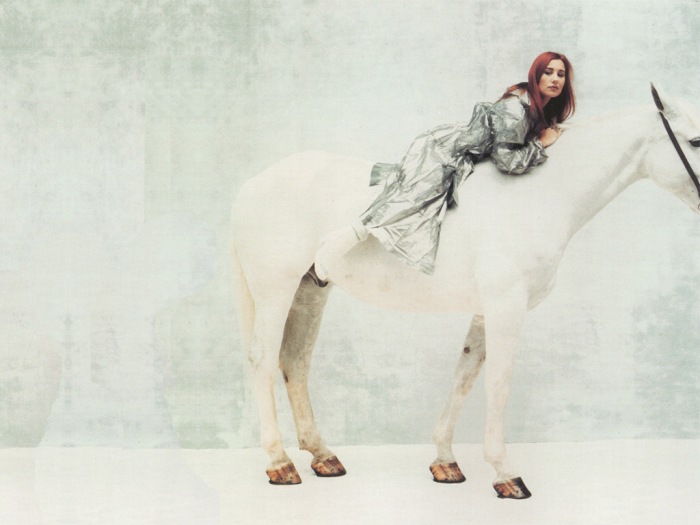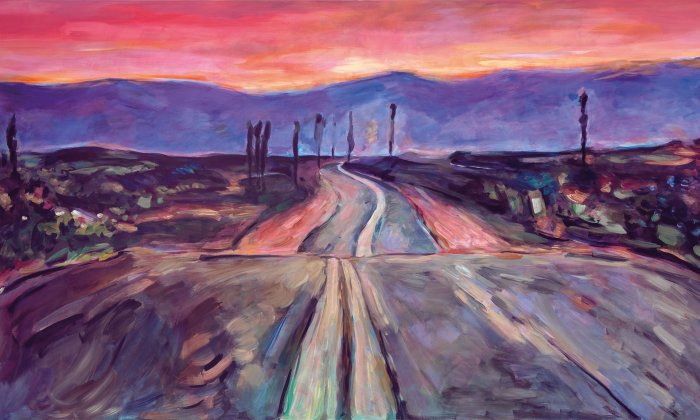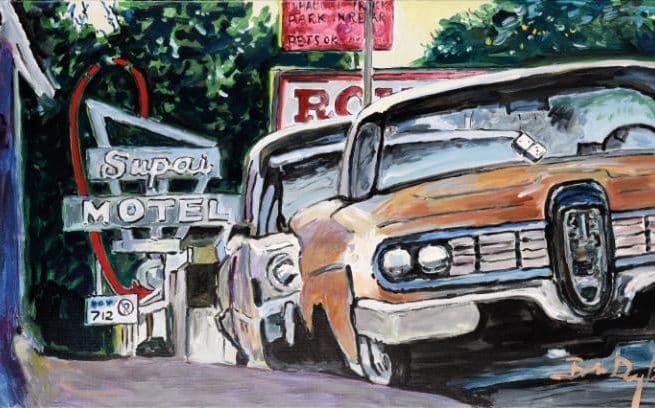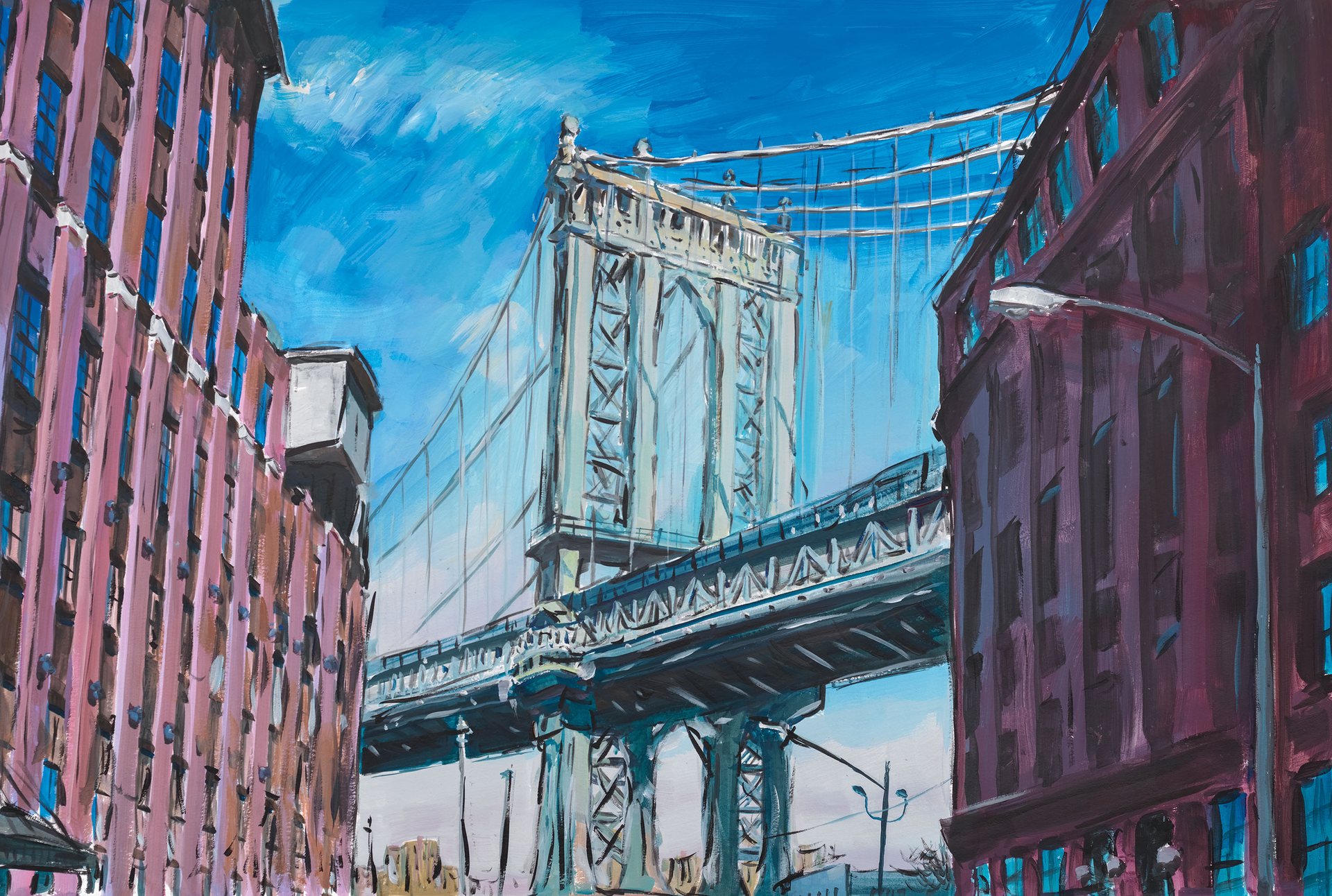Antes de que acabe el invierno, me gustaría compartir aquí esta magnífica actuación de una artista fascinante, la extraordinaria Tori Amos. Era una desconocida para mí hasta 2013 cuando un amigo mío me envió un enlace para ver este video, “Live at Montreaux 91/92”.

En un principio pensé que era ella quien hizo de telonera en los conciertos de Bob Dylan y Merle Haggard durante la gira de primavera del 2005, cuando en realidad fue Amos Lee quien lo hizo. Recibí en aquél entonces de un colega mío una estupenda grabación del concierto de Foxwoods de Dylan, en Masantucket, CT. La cinta incluía parte de la actuación de Amos Lee y me gustaron mucho esas canciones suyas. Nada que ver con la voz de Tori Amos, obviamente, pero ya sabéis, los confundí por la coincidencia entre el nombre de uno y el apellido de la otra. Estaba tratando de informarme para hablar de ello cuando comencé a pensar en este artículo y entonces me di cuenta de mi error. Debo admitir que he estado confundido todo este tiempo desde que escuché por primera vez esta interpretación que ahora comparto aquí.

En cualquier caso, es tan única que aún me sorprende como pude confundirla con nadie más. Simplemente escuchad esta hermosa canción; Su impresionante entrega con esa maravillosa interpretación al piano:
Winter
Talk: Mmm… This is my next song… this is… er… for my dad.
Wipe my nose get my new boots on
I get a little warm in my heart when I think of winter
I put my hands in my father’s glove
I run off where the drifts get deeper
Sleeping Beauty it drips me with a frown
I hear a voice you must learn to stand up
For yourself cause I can’t always be around
He says, when you gonna make up your mind
When you gonna love you as much as I do
When you gonna make up your mind
‘Cause things are gonna change so fast
All the white horses are still in bed
I tell you that I’ll always want you near
You say that things change my dear
Boys get discovered as winter melts
Flowers come pleading for the sun
Years go by and I’m here still waiting
Withering where some snowman was
Mirror mirror where’s the crystal palace
But I only can see myself
Skating around the truth who I am
But I know dad, the Ice is getting thin
When you gonna make up your mind
When you gonna love you as much as I do
When you gonna make up your mind
‘Cause things are gonna change so fast
All the white horses are still in bed
I tell you that I’ll always want you near
You say that things change my dear

Hair is gray and the fire is underneath
So many dreams on the shelf
You say I wanted you to be proud of me
I always wanted that myself
When you gonna make up your mind
When you gonna love you as much as I do
When you gonna make up your mind
‘Cause things are gonna change so fast
All the white horses have gone ahead
I tell you that I’ll always want you near
You say that things change my dear
And never change
All the white horses…
Songwriter:
TORI AMOS
Published by
Lyrics © SWORD AND STONE PUBLISHING CO.

Invierno
Comentario: Mmm… Esta es mi siguiente canción… esto es… eh… para mi padre.
La nieve puede esperar, olvidé mis manoplas
Limpio mi nariz, me pongo mis botas nuevas
Siento algo cálido en mi corazón cuando pienso en el invierno
Pongo mis manos sobre el guante de mi padre
Corro hacia lo lejos donde las corrientes se hacen más profundas
La bella durmiente me observa con el ceño fruncido
Oigo una voz que dice, Debes aprender a levantarte
Por ti misma porque no siempre estaré ahí.
Él dice, Cuando te decidirás
Cuando te amarás tanto como yo lo hago
Cuando te decidirás
Porque las cosas cambian demasiado rápido
Todos los caballos blancos están todavía en el lecho
Te digo que siempre te querré cerca
Tu dices que las cosas cambian, querido
Descubro a los chicos con el deshielo al final del invierno
Las flores nacen ávidas de sol
Pasan los años y aquí sigo todavía esperando
Marchitándome donde una vez hubo un muñeco de nieve
Espejito, espejito ¿Dónde está el palacio de cristal?
Pero yo solo puedo verme a mí misma
Patinando alrededor de la verdad que yo soy
Pero ya lo sé, papá, el hielo cada vez es mas delgado
Cuando te decidirás
Cuando te amarás tanto como yo lo hago
Cuando te decidirás
Porque las cosas cambian demasiado rápido
Todos los caballos blancos están todavía en el lecho
Te digo que siempre te querré cerca
Tu dices que las cosas cambian, querido

El pelo gris y el fuego debajo
Cuantos sueños en el estante
Dices que quería que estuvieras orgulloso de mí
Siempre quise eso
Cuando te decidirás
Cuando te amarás tanto como yo lo hago
Cuando te decidirás
Porque las cosas cambian demasiado rápido
Todos los caballos blancos se han largado
Te digo que siempre te querré cerca
Dices que las cosas cambian, mi querido
Y nunca cambian
Todos los caballos blancos…

No puedo evitar sentir una profunda emoción cuando la escucho hablar con su padre de la manera que lo hace en esta canción. Realmente me llega a lo mas hondo cuando dice, “… Y nunca cambian,” justo antes del final. Puede que su padre sea un sacerdote metodista, pero a pesar de ello tengo que estar de acuerdo con la descripción de Wikipedia, diciendo que es considerada una de las artistas femeninas de vanguardia más relevantes de los años 90, por sus canciones líricamente opacas pero intensamente emotivas que cubren un amplio espectro temático, incluyendo la sexualidad, el feminismo, la política y la religión.

Hace frío afuera y el día está nublado. No salí hoy de casa todavía y no tengo ganas de hacerlo de todos modos. Esta canción de “Invierno” me hace sentirme solo, como marchitándome en casa, donde el río fluye cerca del parque desnudo y la calle vacía donde vivo. Me siento contento, sin embargo, de tener estas sensaciones y de alguna manera poder identificarme con la desgarradora letra de esta canción. Lo sé, señorita Tori Amos, a veces es invierno en nuestros corazones. Es difícil reconocer cuantos sueños yacen olvidados en el estante; Descubrir que siempre hay mentiras alrededor; Saber que algunas cosas nunca cambian. Todo es tan triste a veces… pero es una maravilla descubrir que alguien puede expresar tan bien este tipo de sentimientos. Y me siento agradecido a usted, señorita Amos, por escribir y cantar esta canción de la manera que lo hizo en Montreux; La forma en que seguramente lo hace cada vez que la interpreta en directo. Dios le bendiga, Tori Amos.

El Coleccionista Hipnótico







